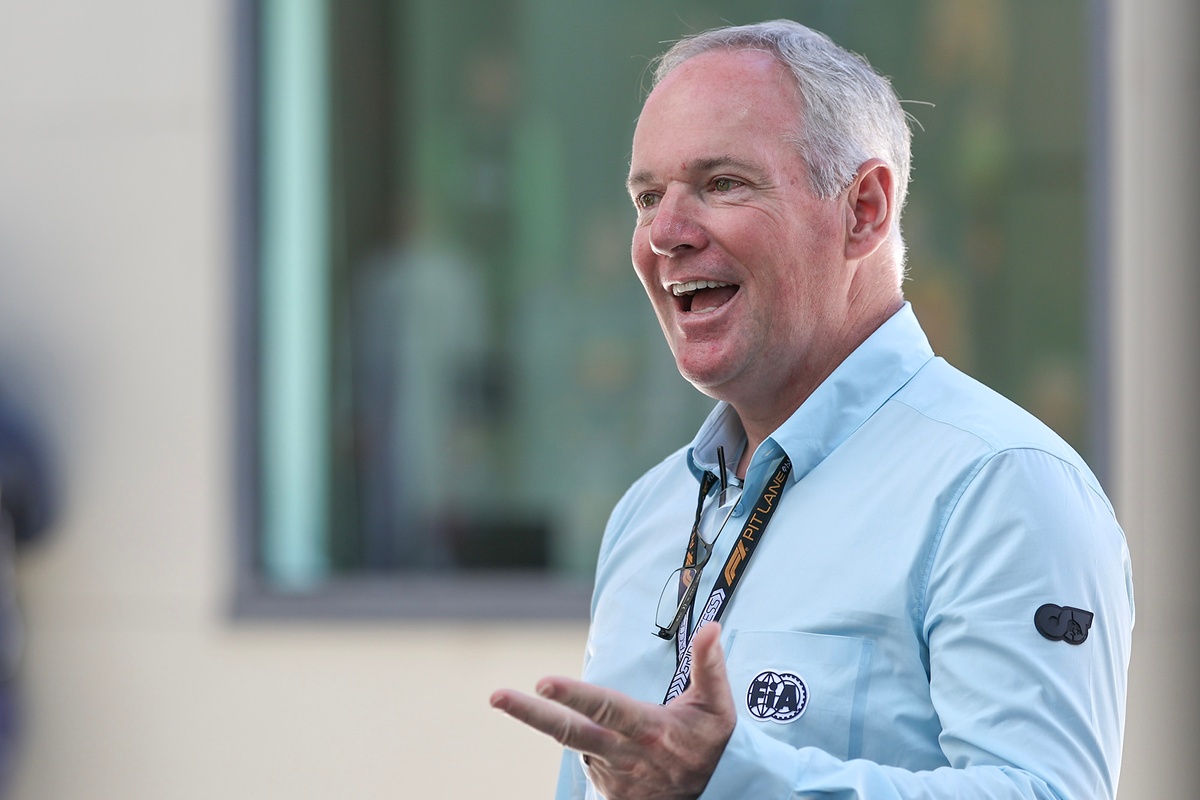The FIA Presidential Election: A Numbers Game with High Stakes
The FIA presidential election is not just a contest of ideas; it’s a complex game of numbers, influence, and strategic alliances. This year’s race has brought to light the stark contrast between the current incumbent, Mohammed Ben Sulayem, and his challenger, Tim Mayer. While Mayer’s manifesto echoes many of the same themes that Ben Sulayem championed four years ago—such as value for smaller clubs, transparency, and reform—Mayer argues that the execution has been lacking.
At a press conference ahead of the British Grand Prix, Mayer acknowledged that Ben Sulayem had the right message but failed in its delivery. He described the current regime as relying on “stagecraft” to create an “illusion of progress.” This critique extends to the federation’s financial turnaround, which Mayer suggests may be more about perception than actual improvement. While this debate will likely be left to forensic accountants, the political implications are clear.
Understanding the FIA Electoral System
To run for the presidency, candidates must first secure a global support base through a team known as the ‘list.’ This list includes potential presidents of the senate, deputy presidents, and vice-presidents from various regions. The structure ensures that regional representation plays a crucial role in determining the outcome.
Historically, incumbents have leveraged this system to their advantage. For example, during Jean Todt’s re-election in 2013, the support of 11 out of 12 North American auto clubs was pivotal. This shows how critical regional alignment can be in securing victory.
Once the prerequisites are met, candidates must win votes across the FIA’s 245 member organizations. Each country gets 24 votes, split between mobility and sporting clubs. The weight of these votes varies depending on the region, making some countries more influential than others.
The Role of a ‘Stalking Horse’
In this year’s election, Carlos Sainz Sr. emerged as a potential candidate, but his involvement was seen as more symbolic than serious. His campaign functioned as a “stalking horse,” a term derived from hunting practices where an animal is used to distract prey. In politics, this strategy can serve as a barometer for opposition sentiment.
Sainz’s announcement prompted Ben Sulayem to reveal support from several national motoring clubs, particularly those in Spanish-speaking countries. However, Mayer has denied any direct connection to Sainz’s campaign, stating that he is taking the next step by outlining his manifesto.
Mayer’s next challenge is to finalize his list of supporters and navigate the vetting process established by the FIA general assembly. This process focuses on “professional integrity,” ensuring that candidates meet certain standards before being considered.
Key Allies and Controversies
Mayer has not yet announced other candidates running on his ticket, but there have been discussions about Robert Reid, the former rally co-driver who resigned as Ben Sulayem’s deputy president for sport. Additionally, David Richards, a prominent supporter of Ben Sulayem who has since become one of his fiercest critics, was mentioned as an advisory figure.
“I’m very privileged to have some very high-level advice on what we need to do,” Mayer said. “The presidential list… there are some vacancies still in that. We’ve been trying to keep this campaign below the radar.”
Mayer also referenced Natalie Robyn, the former FIA CEO who left in 2024 after a brief tenure, expressing his support for her. This move signals a broader shift within the FIA, as internal dissent continues to grow.
The Challenge Ahead
While Mayer has provided a strong voice for anti-Ben Sulayem sentiment, describing the current regime as a “reign of terror,” he knows that rhetoric alone won’t secure victory. The FIA is more than just a governing body for Formula 1; it encompasses a wide range of interests and priorities.
For Mayer to succeed, he must convince member clubs that he can offer better value than the current administration. As he noted, “It’s very important for the member clubs that they see the value, that they see that they can get value.” This means addressing the needs of clubs across all regions and ensuring that the benefits of leadership are felt universally.
Ultimately, the FIA presidential election is a test of both vision and strategy. Mayer’s success will depend on his ability to translate his ideas into tangible support, navigating the intricate web of regional alliances and institutional dynamics. The numbers game remains central, and only time will tell if Mayer can challenge Ben Sulayem’s dominance.







